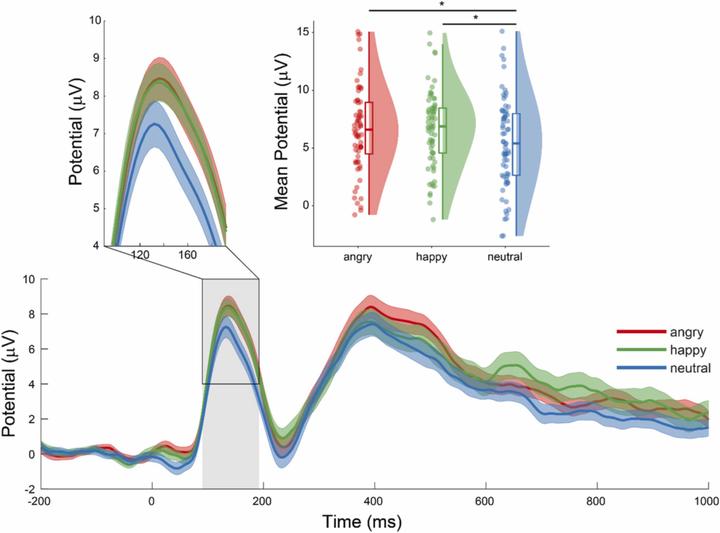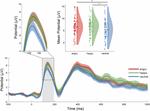Neural and behavioural predictors of anxiety in young children
Last updated on
Jan 29, 2025

Developmental EEG and eye-tracking research focused on how affect-biased attention and behavioural inhibition influence the risk for anxiety in early childhood.
EEG
ERP
child
facial expression
emotion
affect-biased attention
anxiety
behavioral inhibition
longitudinal
gaze
eye-tracking
Related
- Behavioural inhibition and early neural processing of happy and angry faces interact to predict anxiety: a longitudinal ERP study
- Trajectories of anxiety when children start school: The role of behavioral inhibition and attention bias to angry and happy faces
- Early social adversity modulates the relation between attention biases and socioemotional behaviour in juvenile macaques
- Mu desynchronization during observation and execution of facial expressions in 30-month-old children
- Early maternal mirroring predicts infant motor system activation during facial expression observation
Publications
Limited prospective research has examined whether attention biases to emotion moderate associations between Behavioural Inhibition (BI) …
Holly Rayson,
Zoe J Ryan,
Helen F Dodd
Extensive research has examined attention bias to threat in the context of anxiety in adults, but little is understood about this …
Helen F Dodd,
Holly Rayson,
Zoe Ryan,
Corinne Bishop,
Sam Parsons,
Bobby Stuijfzand
